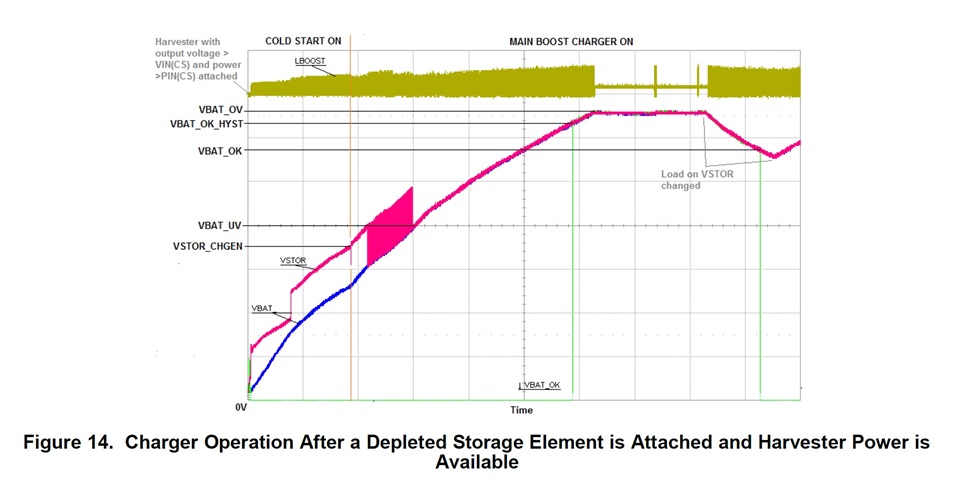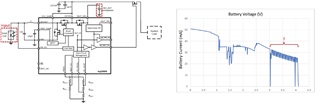Other Parts Discussed in Thread: TPS62736, , BQ25504, BQ25150, BQ25100, BQ24210
Hi,
I am designing a circuit to harvest nano and micro watts from a (3 Vmp, 50mA Imp) solar cell and charge a 4.1V max battery.
When there is enough light, the current to the battery should not exceed 40mA so the PMIC shall have current limiting functionality as well. This is important for scenarios when the battery is depleted to low voltages. For example solar cell is generating 3Vx50mA = 150mW, and if battery voltage is 2V, it can be charged up to 75mA assuming PMIC 100% efficiency.
Do you have any chip to recommend that has nano and micro power harvesting with high efficiency, and at the same time can limit charging current to the battery if excessive power is available?
Thanks




